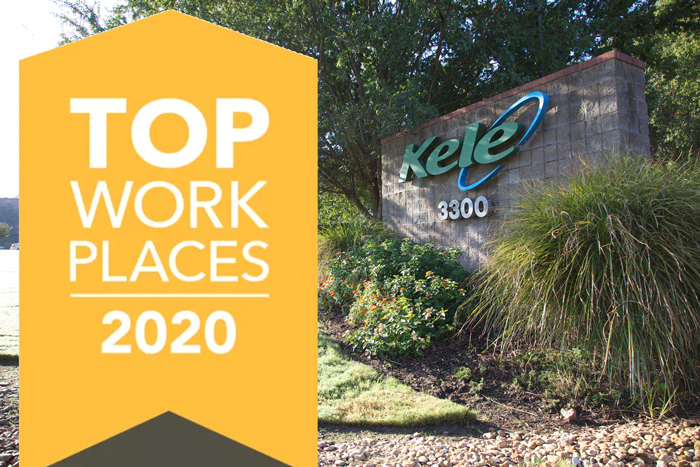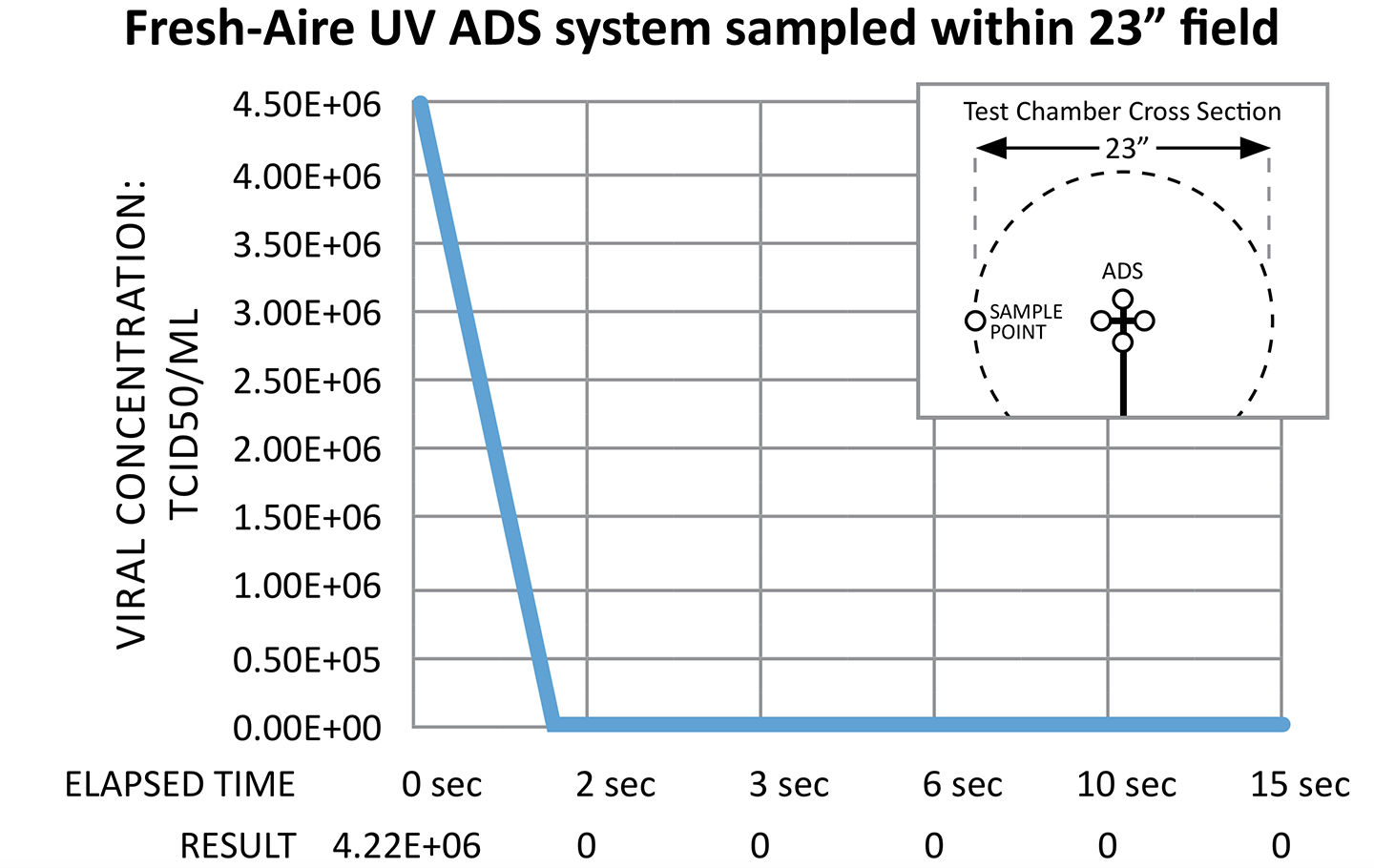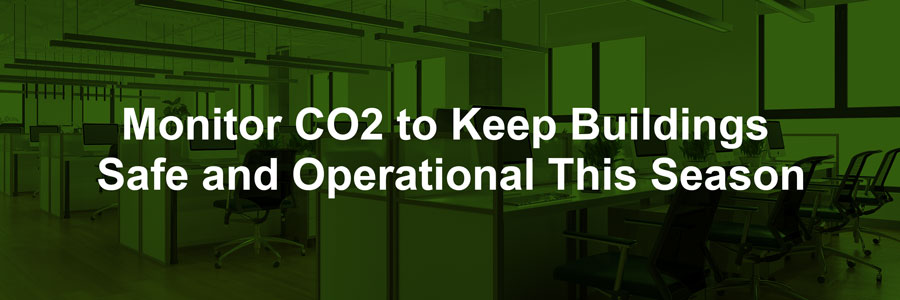Move adds process automation for industrial customers and location in Chicago area.
MEMPHIS, Tenn. and BENSENVILLE, Ill. – Kele, Inc. today announced the acquisition of Lesman Instrument Company (Lesman). The acquisition expands Kele’s offering to include process automation products and solutions that serve the industrial market. It also strengthens Kele’s presence in the Midwest with physical locations in the Chicago and Milwaukee areas, which will accelerate service and delivery to its commercial customers across the region.
Lesman, headquartered in Bensenville, Ill. with a second location in the Butler, Wis. is an authorized distributor and manufacturers’ representative for process measurement, control instrumentation, and control valves, distributing products used to measure, analyze, control, and automate a wide range of industrial processes. Products include various temperature, pressure, level, gas detection, valves, and flow instruments from industry-leading manufacturers. Lesman president Mike DeLacluyse and his leadership team will continue in their roles, and day-to-day operations will not change.
Kele president and CEO Richard Campbell said the right partner was key for the company to strategically expand the business beyond its commercial building automation systems and HVAC core.
“Mike and team have built a fantastic business, and we are thrilled to partner with them,” said Campbell. “We look forward to working with Lesman to expand Kele’s capabilities and initial footprint in the process automation market.”
Lesman can now offer its customers a variety of services through Kele, including control panel fabrication, custom project solutions, and logistics capabilities. The company will also expand its reach through Kele’s digital and eCommerce platforms. DeLacluyse pointed to culture and core values as drivers for the decision.
“It was critical to find a partner who shared our commitment to delivering value to our suppliers and customers,” he said. “Furthermore, it was clear that Kele was a good cultural fit and committed to the success of our employees. I am very much looking forward to the growth opportunities that lie ahead.”
This marks Kele’s fourth acquisition in as many years. Kele initiated its strategic growth plan by acquiring Control Consultants, Inc. (CCI) of Weymouth, Mass. in 2017, followed by the acquisitions of MIControls, which has locations in Seattle and Portland, Ore. in 2018, and Dallas-based Temperature Control Systems in 2019.
“For the past three years, Kele has focused on getting products closer to our commercial customers through acquisitions,” said Campbell. “Successful integrations with CCI, MIControls, and TCS have paved the way in their respective regions. While our focus with Lesman is growing our capabilities and customer base, we will also be able to serve our commercial customers in the Midwest even better.”
Kele’s acquisition of Lesman was effective December 24, 2020. Bryan Cave Leighton Paisner LLP acted as legal counsel to Kele. Livingstone Partners LLC acted as financial advisor to Lesman, and Levenfeld Pearlstein, LLC served as its legal counsel.
About Kele, Inc.
Kele, Inc. is a leading distributor of building automation products and controls solutions globally. Kele serves the $50+ billion building automation systems (BAS) market with more than 300 brands and 1.8 million parts in stock, including sensors, transmitters, switches, gauges, valves, actuators, relays, and more. Kele’s products can be integrated into existing buildings or new construction. Value-added services include custom panel assembly, specialized sourcing, and technical support. Strategically headquartered in America’s logistics hub, Memphis, Tenn., and with regional locations organized under the Kele Companies umbrella in Boston, Seattle, Portland, Ore., Dallas, Fort Worth, and Austin, Texas, Oklahoma City, and Tulsa, Kele provides building automation and industrial customers with fast and reliable services. Kele is owned by The Stephens Group of Little Rock, Ark. To learn more about Kele, visit kele.com.
About Lesman Instrument Company
Lesman Instrument Company is an authorized distributor and manufacturers’ representative for process measurement and control instrumentation. Founded in 1962, Lesman serves customers in Illinois, Indiana, Wisconsin, Eastern Iowa, Eastern Missouri, Upper Peninsula Michigan, and the western Kentucky areas. Visit lesman.com for more information.









